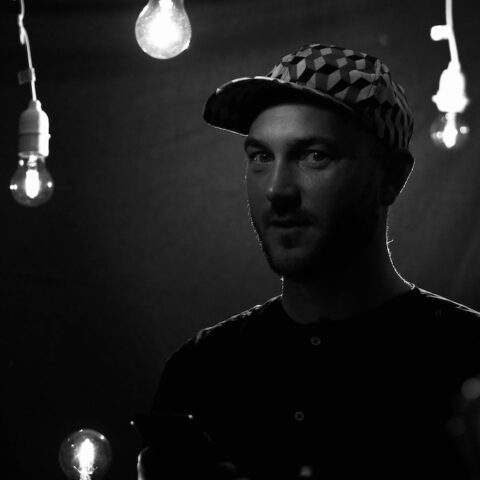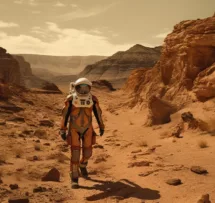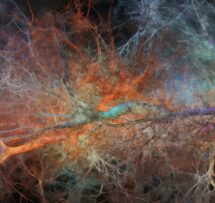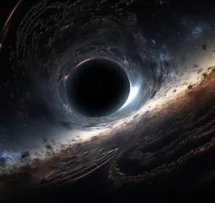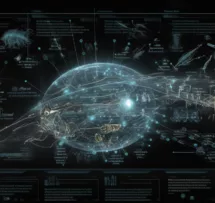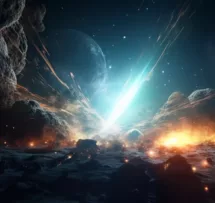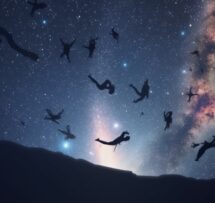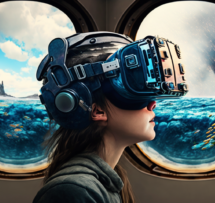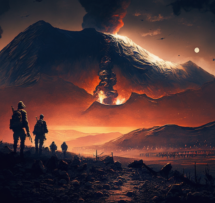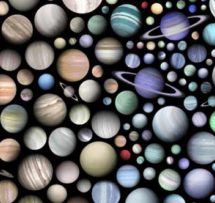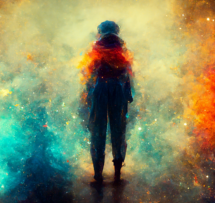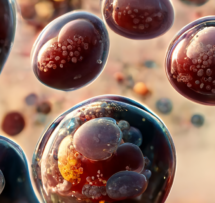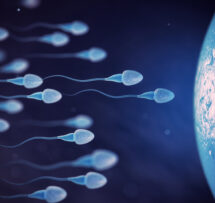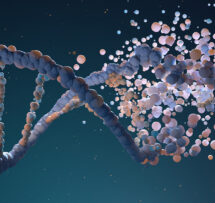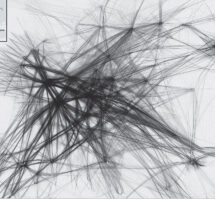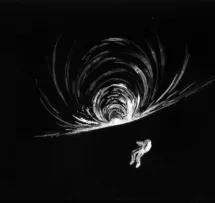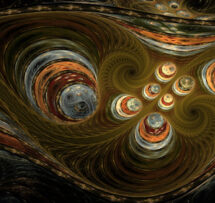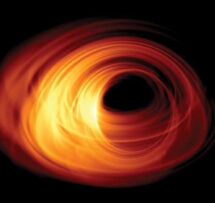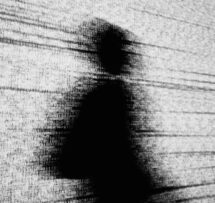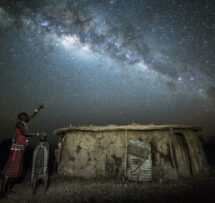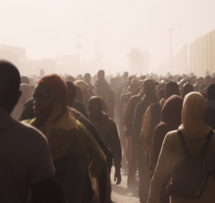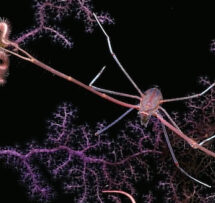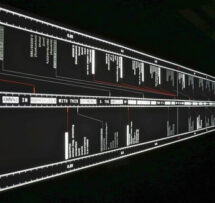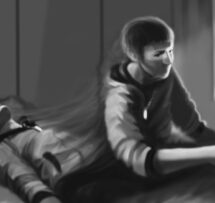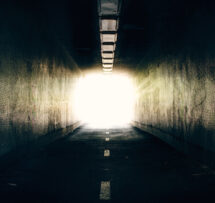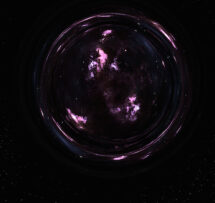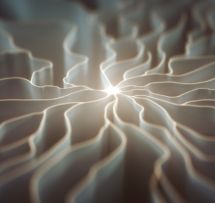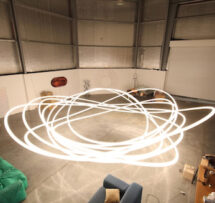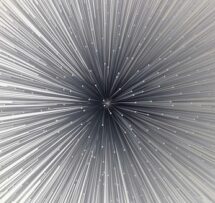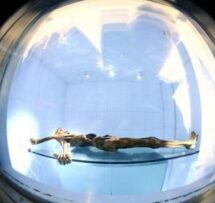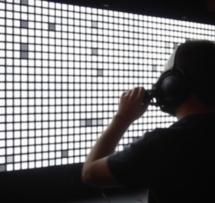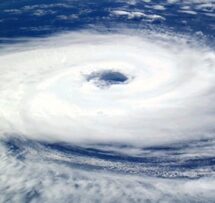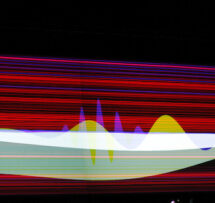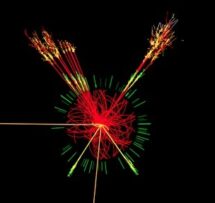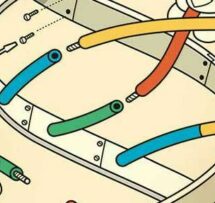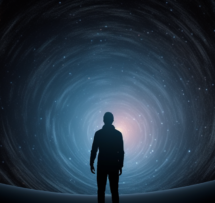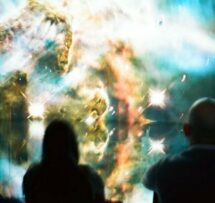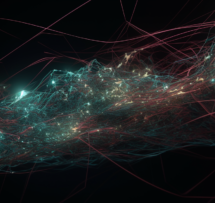Colliding black holes, gravitational waves, and convulsions in space and time: the dawn of a new astronomy

How are gravitational waves created? Why are gravitational waves unique probes of the most violent events in the Universe? Why has it taken 100 years from the time Einstein predicted them to detect gravitational waves? How do we detect gravitational waves using lasers and interferometers? What does the future hold for gravitational wave astronomy?
On September 14, 2015, scientists from the LIGO Scientific Collaboration and the Virgo Collaboration observed the collision and fusion of the two black holes by directly measuring the gravitational waves emitted during their collision using the LIGO detectors. This detection came almost exactly 100 years after Einstein developed his revolutionary general theory of relativity that predicted their existence, and 50 years after scientists began searching for them.
This discovery has truly profound implications. Gravitational waves provide unique information on the most energetic astrophysical events, revealing unique insights into the nature of gravity, matter, space, and time. LIGO has opened a new window onto the cosmos. David Reitze, Executive Director of LIGO will explain about how this detection was made and discuss how gravitational astronomy promises to change our understanding of the universe.
Afterwards, space and time convulsions chilled out by cocktails while Mika Forsling, explores the spaces between lush soundscapes, cinematic harmonies and heavy rhythmic structures.
This event is organised in cooperation with the Niels Bohr Institute, Theoretical Particle Physics and Cosmology group.
Photo: SXS Project

David Reitze
Colliding black holes, gravitational waves, and convulsions in space and time: the dawn of a new astronomy
How are gravitational waves created? Why are gravitational waves unique probes of the most violent events in the Universe? Why has it taken 100 years from the time Einstein predicted them to detect gravitational waves? How do we detect gravitational waves using lasers and interferometers? What does the future hold for gravitational wave astronomy?
Talk by
David Reitze
Professor of Physics at the University of Florida and Executive Director of the Laser Interferometer Gravitational-Wave Observatory (LIGO) stationed at the California Institute of Technology, which made the first observation of gravitational waves. As Director of the LIGO Laboratory, one of his main efforts has been planning the proposed extension of the LIGO network of detectors to include one in India.

